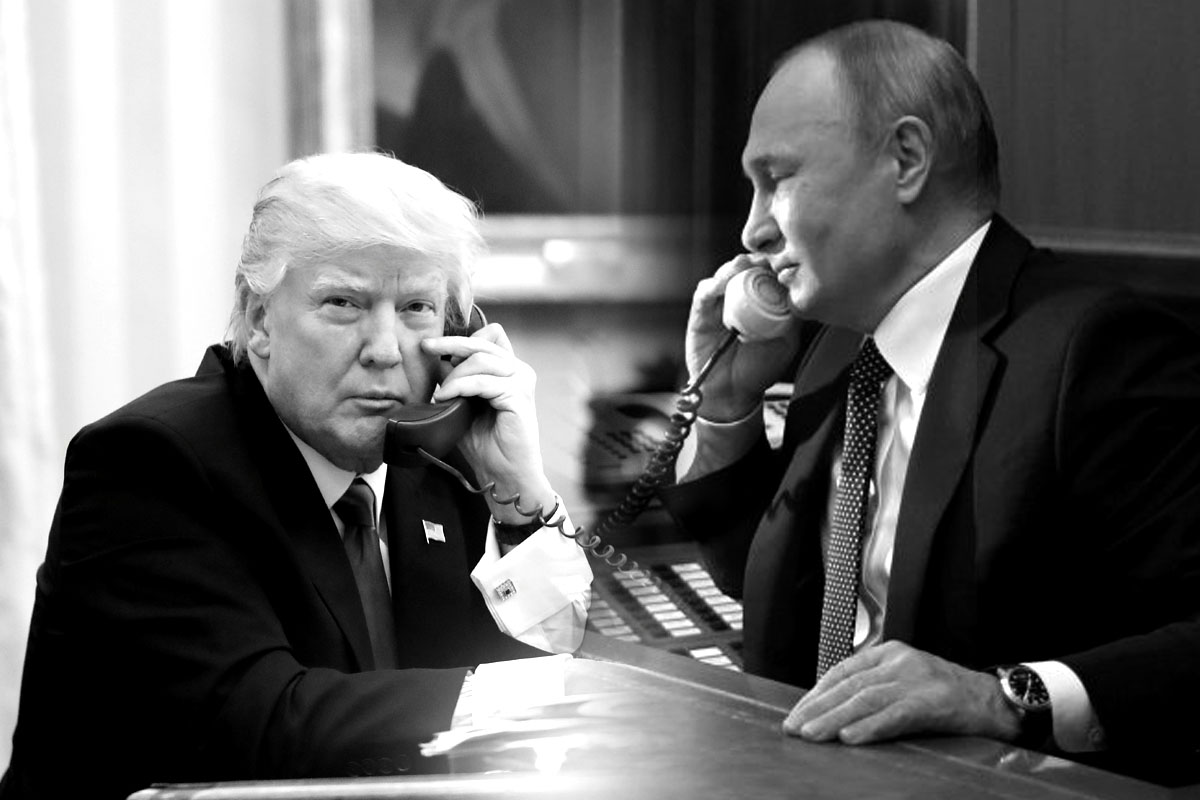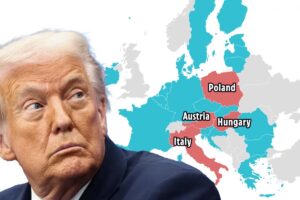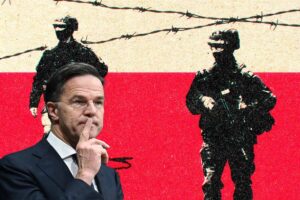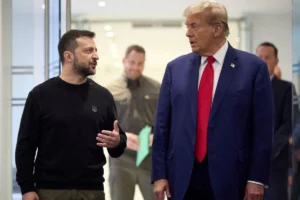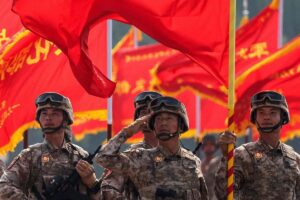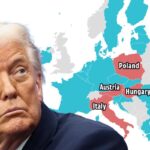President-elect Donald Trump has swiftly set his sights on resolving the ongoing conflict in Ukraine. It has come to light that he held a phone conversation with Russian President Vladimir Putin last Thursday, marking their first interaction since Trump’s election victory. In this call, Trump and Putin discuss Ukraine resolution in first Post-Election call. There are various plans floating about on social media.
During the call, Trump emphasised the need for immediate de-escalation of tensions in Ukraine. According to sources who spoke on the condition of anonymity, while Trump was at his Florida resort, he cautioned Putin against escalating the conflict and highlighted the significant presence of U.S. military forces in Europe.
The discussion reportedly centered on the aim of achieving peace in Europe and concluded with a positive outlook for future dialogues about resolving the Ukraine situation.
The Washington Post noted that Ukrainian officials were informed about the upcoming call, but the government of President Volodymyr Zelensky later disputed this claim, stating, “Reports that the Ukrainian side was informed in advance of the alleged call are false. Therefore, Ukraine could not have endorsed or opposed the call,” said foreign ministry spokesperson Heorhii Tykhyi.
The consensus in the legacy media portrays Russia as a country that will only accept proposals or threats for a cessation, or should we say freezing, of the War. This is far from the facts. While president Putin will do whatever he can for peace the fact on the ground are that Russia is winning the war and is capturing territory at an alarming pace.
Additionally, the Trump transition team is wary of leaks at this stage. Their initial communications with world leaders are being conducted without the assistance of the State Department or U.S. interpreters, as they have yet to finalise an agreement with the General Services Administration, a standard procedure during presidential transitions. Sources noted that Trump is directly communicating with leaders, reflecting a distrust of established government officials, especially after previous leaks of his calls.
Multiple sources said the call focused on the “goal of peace on the European continent” and ended on a positive note with plans to hold future conversations on “the resolution of Ukraine’s war soon”.
Concerns are mounting among Zelensky’s administration and some more hawkish NATO allies that the incoming Trump administration might push for a compromise that could compel Ukraine to relinquish nearly 20% of its territory, which they fear may be perceived as a victory for Russia.
One proposal reportedly under discussion within Trump’s team involves implementing an indefinite freeze along the eastern front lines, leading to an immediate ceasefire, with European peacekeepers overseeing an 800-mile demilitarised zone. Furthermore, Ukraine would be expected to suspend its NATO membership aspirations for the next two decades. Initial reports indicate that this buffer zone would not include U.S. troops.
Despite the potential benefits of a ceasefire for countless lives, the ongoing communication between Trump and Putin may alarm those who have long advocated for greater military escalation. Critics had previously condemned French President Emmanuel Macron for attempting to engage Putin early in the war to find a diplomatic solution.
On the battlefield, reports from military bloggers indicate that Russian forces are advancing toward a significant town in eastern Ukraine, contributing to their push to seize the entire Donbas region. As of this weekend, President Zelensky acknowledged that the situation in the Kurakhove and Pokrovsk regions remains particularly challenging.
Given the current trend in the conflict, it appears urgent for Washington to prioritise de-escalation and work towards a permanent peaceful resolution.
The Kremlin denies a phone call between Putin and Trump.


